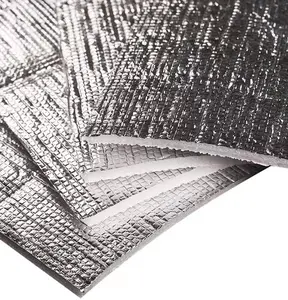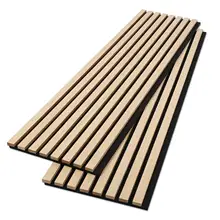Alibaba.com showcases a diverse range of transparent thermal insulation sheets designed to enhance energy management in various settings. Among the offerings, one can find Basalt Rock Wool Board, a sturdy option for thermal insulation with varying densities and thicknesses, catering to different insulation requirements. Specialty manufacturers provide super anti-scratch glossy thermal lamination films made from BOPP+EVA, combining durability with thermal efficiency.
For agricultural and horticultural applications, transparent polycarbonate greenhouse panels are available, which support not only insulation but also ensure optimal light transmission for plant growth. In the realm of flexible materials, PVC transparent crystal soft curtains and self-adhesive stretch films are listed, which serve as practical solutions for both insulation and clear visibility.
The inventory includes high-performance options like dark orange soft touch velvet thermal lamination films and aluminum foil EPE foam insulation sheets, which offer a blend of thermal insulation properties and aesthetic appeal. For more robust needs, products like fire-resistant thermal insulation materials for tents and aerogel sheets stand out, providing exceptional thermal resistance and fireproofing capabilities.
Furthermore, Alibaba.com features specialized items such as die-cut electric insulation sheets with flame retardant properties, available in various thicknesses and colors, including transparent options. These sheets are crafted from materials like PP, PC, PVC, and PET, ensuring a balance between insulation efficiency and safety standards.














































 浙公网安备 33010002000092号
浙公网安备 33010002000092号 浙B2-20120091-4
浙B2-20120091-4